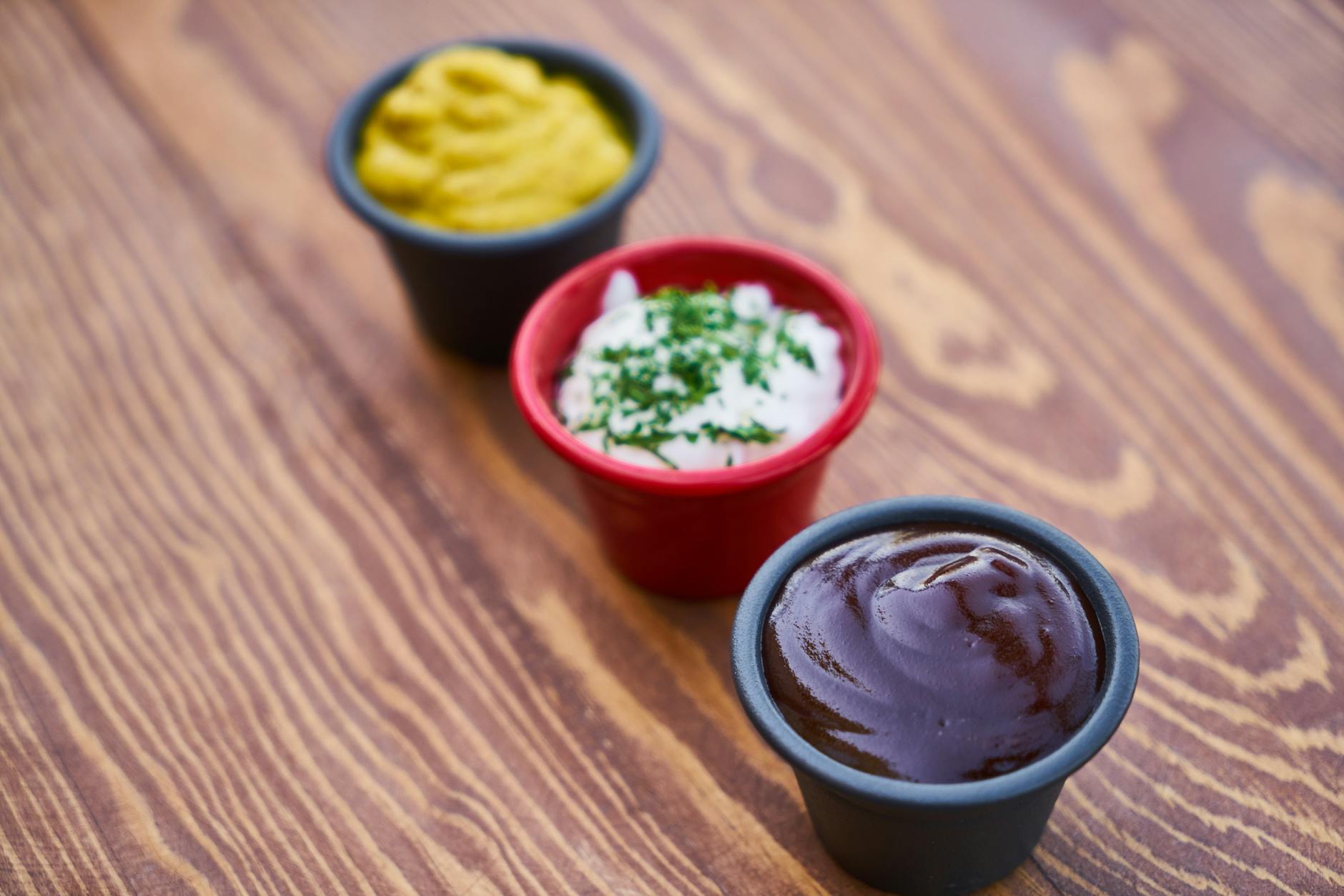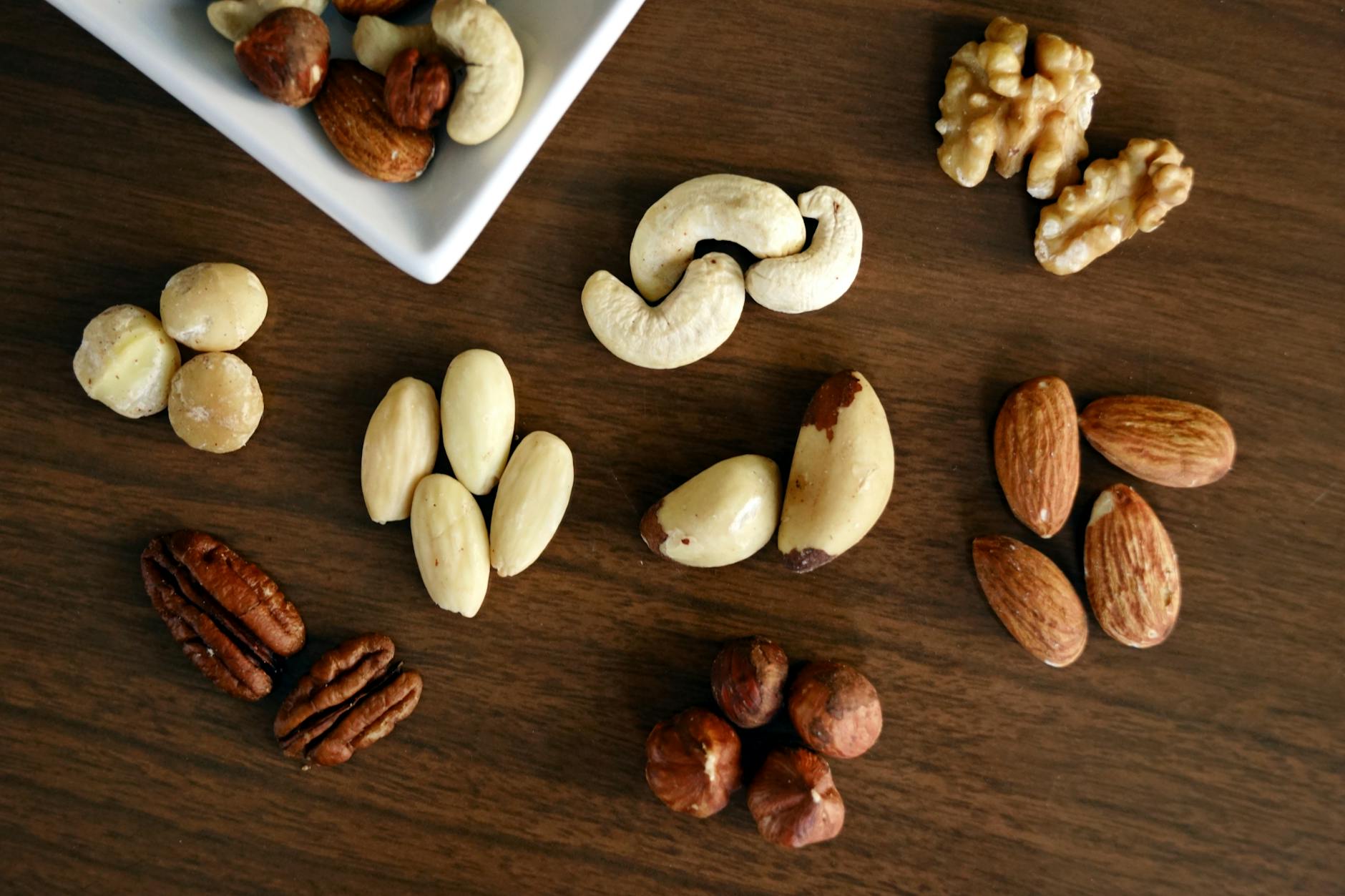Food is more than just a way to satisfy hunger; it is an experience. One of the most fascinating parts of food culture is the role of sauces. Sauces may look like simple additions on a plate, but they hold the power to transform an ordinary dish into something extraordinary. They can add depth, aroma, and a unique identity to meals. Whether it is a bowl of pasta, a juicy steak, or even a simple sandwich, sauces bring balance and excitement to every bite.
In this article, let us explore the world of sauces, their history, their types, and popular varieties like Tabasco sauce, Mayonnaise sauce, and Barbecue sauce. We will also share practical tips to help you make the best use of sauces in everyday cooking.
- What is a Sauce?
- A Brief History of Sauces
- Types of Sauces
- Popular Sauces You Should Know
- Popular Sauces Around the World
- 1. Tabasco Sauce (USA)
- 2. Chipotle Sauce (Mexico)
- 3. Mushroom Sauce (Europe)
- 4. Soy Sauce (China/Japan)
- 5. Pesto (Italy)
- 6. Sriracha (Thailand)
- 7. Tomato Marinara (Italy/USA)
- 8. Chimichurri (Argentina)
- 9. Barbecue Sauce (USA)
- 10. Tzatziki (Greece)
- 11. Hollandaise Sauce (France)
- 12. Curry Sauce (India/UK)
- 13. Guacamole Sauce (Mexico)
- 14. Béchamel Sauce (France)
- 15. Harissa (North Africa)
- Why Sauces Are Important in Cooking
- Tips for Using Sauces in Everyday Cooking
- How Sauces Differ Around the World
- Final Thoughts
What is a Sauce?
A sauce is a liquid, cream, or semi-solid preparation served with food to enhance its flavor, texture, and appearance. Unlike the main ingredient, a sauce is not eaten on its own but as a complement. It can be rich, spicy, tangy, creamy, or even sweet depending on its base ingredients.
The word “sauce” comes from the Latin word salsus, meaning salted. Ancient cultures used sauces not only for flavor but also to preserve food and mask any unpleasant tastes before refrigeration existed.
A Brief History of Sauces
The history of sauces stretches back thousands of years.
- Ancient Rome: Romans used garum, a fermented fish sauce, in nearly every meal. It was their equivalent of modern ketchup or soy sauce.
- Medieval Europe: Cooks relied on thick gravies and spiced sauces to cover the strong flavors of preserved meat.
- French Cuisine: In the 17th and 18th centuries, French chefs refined the art of sauces. They created the famous “mother sauces” like béchamel and hollandaise, which serve as the foundation for countless other sauces.
- Modern Times: Today, sauces have become global. From hot chili sauces of Mexico to delicate soy-based dips of Japan, every culture adds its unique twist.
Types of Sauces
Sauces can be categorized in many ways. Here are some of the most common:
1. Mother Sauces
French cuisine gave us five “mother sauces”:
- Béchamel: A white sauce made with butter, flour, and milk. Perfect for pasta, baked dishes, and lasagna.
- Velouté: A smooth sauce using stock and a roux. Often served with chicken or fish.
- Espagnole (Brown Sauce): A rich sauce made with beef stock and tomatoes, often the base for gravies.
- Hollandaise: A buttery, egg-based sauce usually served with eggs and vegetables.
- Tomato Sauce: The base of pasta dishes, pizzas, and stews.
These sauces act like parents, giving rise to hundreds of “daughter sauces” with slight variations.
2. Hot Sauces
Made with chili peppers and vinegar, hot sauces bring heat and tanginess. Examples include Tabasco and Chipotle sauce.
3. Cream-Based Sauces
These are smooth, rich, and comforting, often used in pasta or meat dishes. A great example is Mushroom sauce.
4. Asian Sauces
Soy sauce, teriyaki, fish sauce, and hoisin sauce dominate Asian cooking. They bring saltiness, sweetness, or umami flavors.
5. Sweet Sauces
Desserts rely on chocolate sauce, caramel, and fruit-based syrups to enhance flavor.
Popular Sauces You Should Know
Popular Sauces Around the World
1. Tabasco Sauce (USA)
Tabasco sauce is a hot sauce made from tabasco peppers, vinegar, and salt. It has a sharp, tangy, and spicy flavor that adds heat to almost any dish. People love it on eggs, tacos, pizza, fried chicken, and even cocktails like Bloody Mary. It’s one of the most famous bottled hot sauces in the world.
2. Chipotle Sauce (Mexico)
Chipotle sauce is smoky, creamy, and spicy, made with chipotle peppers (smoked jalapeños). It has a unique flavor that combines heat with smokiness, making it a favorite for burritos, tacos, sandwiches, and dips. Many people also use it as a topping for burgers or fries. Its versatility makes it a must-have in Mexican-inspired cooking.
3. Mushroom Sauce (Europe)
Mushroom sauce is a rich, creamy sauce made with mushrooms, garlic, cream, and herbs. It is mild yet flavorful and often served with steaks, roasted chicken, or pasta. Many people also enjoy it with mashed potatoes and grilled vegetables. Its earthy flavor pairs well with both vegetarian and non-vegetarian dishes.
4. Soy Sauce (China/Japan)
Soy sauce is one of the oldest sauces in the world, made from fermented soybeans. It has a salty, umami-rich taste and is widely used in Asian cooking. From stir-fries and sushi to noodles and marinades, soy sauce adds depth of flavor to countless dishes. Light and dark varieties are used in different styles of cooking.
5. Pesto (Italy)
Pesto is a green sauce from Italy made with fresh basil, garlic, pine nuts, Parmesan cheese, and olive oil. It has a fresh, nutty, and cheesy taste. Traditionally served with pasta, it’s also used in sandwiches, salads, and as a pizza topping. Pesto is one of the most loved herb-based sauces around the world.
6. Sriracha (Thailand)
Sriracha is a chili sauce made with red chili peppers, garlic, sugar, salt, and vinegar. It has a perfect balance of spiciness, tanginess, and sweetness. It is used as a dipping sauce or added to noodles, fried rice, burgers, and soups. Over the years, it has become a global favorite for those who love hot sauces.
7. Tomato Marinara (Italy/USA)
Marinara sauce is a simple tomato-based sauce flavored with garlic, onions, and herbs. It’s light yet flavorful and is the heart of many Italian-American dishes. Pasta, pizza, and lasagna wouldn’t be the same without marinara. People also use it as a dipping sauce for breadsticks or mozzarella sticks.
8. Chimichurri (Argentina)
Chimichurri is a fresh, tangy sauce made with parsley, garlic, olive oil, and vinegar. Sometimes red pepper flakes are added for spice. It is commonly served with grilled meats like steak and chicken. Chimichurri is not cooked, which gives it a fresh taste. It’s also great as a marinade or salad dressing.
9. Barbecue Sauce (USA)
Barbecue sauce is sweet, smoky, and sometimes spicy, depending on the recipe. It is popular in American cooking, especially for grilling. People use it on ribs, chicken wings, burgers, and pulled pork. The sauce can be tomato-based, vinegar-based, or mustard-based, depending on the region. It adds rich flavor to grilled and roasted foods.
10. Tzatziki (Greece)
Tzatziki is a refreshing Greek sauce made with yogurt, cucumber, garlic, olive oil, and herbs like dill or mint. It’s creamy, cool, and tangy. Traditionally, it’s served with grilled meats, gyros, or pita bread. Many also enjoy it as a healthy dip with vegetables. It’s a staple in Mediterranean cuisine.
11. Hollandaise Sauce (France)
Hollandaise sauce is a rich, buttery French sauce made with egg yolks, butter, and lemon juice. It is smooth and slightly tangy. Hollandaise is most famous as the topping for Eggs Benedict but also pairs beautifully with asparagus, fish, and other vegetables. It is one of the five “mother sauces” in French cuisine.
12. Curry Sauce (India/UK)
Curry sauce comes in many varieties, but most are made with a blend of spices like turmeric, cumin, coriander, and chili. Some are creamy with yogurt or coconut milk, while others are tomato-based and spicy. Curry sauce is versatile and used with chicken, vegetables, rice, and bread. It has become popular worldwide, especially in the UK.
13. Guacamole Sauce (Mexico)
Guacamole is a creamy sauce or dip made with mashed avocados, lime juice, onions, tomatoes, and cilantro. Sometimes chili peppers are added for spice. It’s refreshing and healthy, often eaten with tortilla chips, tacos, or as a topping for burritos. Guacamole has become one of the most recognized sauces globally thanks to Mexican cuisine.
14. Béchamel Sauce (France)
Béchamel, also called white sauce, is made with butter, flour, and milk. It’s smooth, creamy, and mild in taste. It is used as a base in many dishes like lasagna, gratins, and creamy pasta. It is also one of the French mother sauces. Béchamel adds richness and texture without overpowering other flavors.
15. Harissa (North Africa)
Harissa is a fiery sauce from North Africa made with roasted red peppers, chili peppers, garlic, and olive oil. Sometimes spices like cumin and coriander are added. It is spicy, smoky, and aromatic. Harissa is used as a marinade, dip, or sauce for meats and vegetables. It brings bold flavor to Middle Eastern and Mediterranean dishes.
Why Sauces Are Important in Cooking
- Flavor Enhancers: They add new dimensions of taste.
- Moisture: Sauces keep dishes from being dry.
- Texture: Creamy, smooth, or chunky textures make dishes interesting.
- Visual Appeal: A drizzle of sauce can make food look more appetizing.
- Cultural Identity: Sauces reflect regional cooking traditions and history.
Tips for Using Sauces in Everyday Cooking
- Start Small: Use a little at first. You can always add more.
- Pair Smartly: Match spicy sauces with mild foods and creamy sauces with stronger meats.
- Balance Flavors: If a dish is too spicy, add cream or yogurt. If too bland, add a tangy sauce.
- Experiment: Try global sauces. For example, use soy sauce in soups or harissa in stews.
- Homemade Touch: Many sauces are easy to prepare at home, like tomato or mushroom sauce.
- Read Labels: Store-bought sauces often contain sugar or preservatives. Choose wisely.
- Storage: Refrigerate open bottles and use them before expiry.
How Sauces Differ Around the World
- Italy: Famous for tomato-based pasta sauces and pesto.
- France: Known for creamy mother sauces.
- Mexico: Hot sauces like chipotle and salsa are staples.
- India: Gravies and chutneys made with spices and herbs dominate meals.
- Japan: Soy-based dipping sauces, teriyaki, and ponzu are popular.
- United States: Barbecue sauce and hot sauces are integral to many dishes.
Final Thoughts
Sauces may seem like just an addition, but they carry centuries of history, culture, and flavor. From creamy béchamel in France to spicy sriracha in Thailand, sauces bring life to food. Whether you are cooking at home or traveling the world, pay attention to the sauces. They tell you stories about people, places, and their love for food.
Disclaimer
This article is for general information only. Tastes, preferences, and dietary needs differ for every person. Always check the ingredients of sauces if you have allergies or health conditions. When buying store-bought sauces, read the label carefully to avoid preservatives or added sugars. Homemade versions are healthier and allow you to control the flavors.



